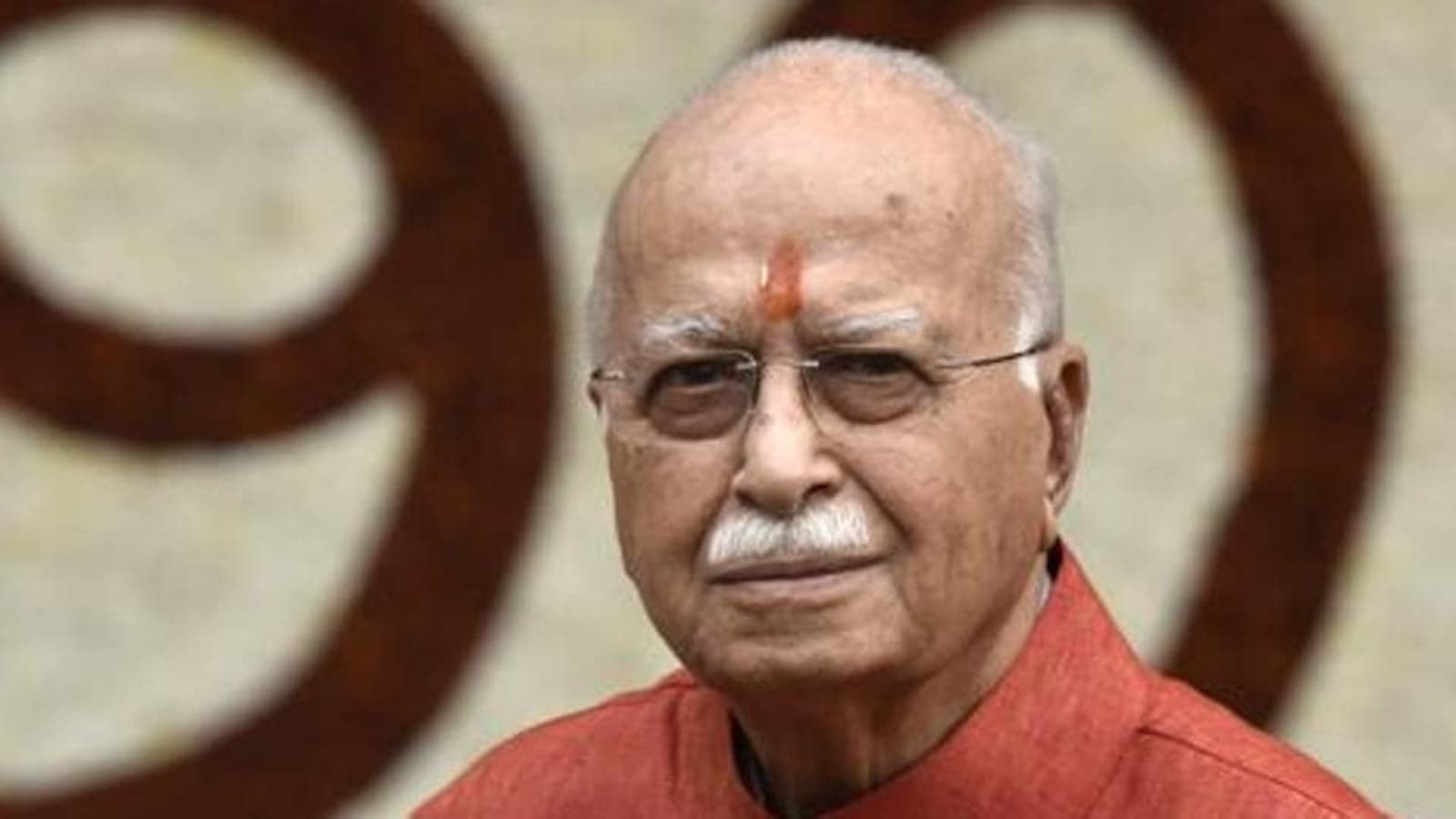At a ceremony in Kerala state, Prime Minister Narendra Modi called the ship a milestone for India in achieving self-sufficiency in defense technology and manufacturing and signaled new strategic prospects for his country.
“In the past, security issues in the Indo-Pacific region and the Indian Ocean have long been neglected,” Modi said. “But today, this area is a top defense priority. That’s why we’re working in all directions, from increasing the navy’s budget to increasing its capabilities.
When Vikrant enters service towards the end of 2023, India will be one of five countries operating two carriers. The ship is designed to carry 30 aircraft, including fighter planes to be launched from its “ski jump” deck.
The Vikrant, along with another Indian carrier, the INS Vikramaditya, a refurbished Soviet-era vessel purchased in 2004 from Russia, will lead the naval strike group.
For decades, India has sought to procure advanced defense technology from its weapons suppliers, including Russia and the United States, with mixed results. While most of the Vikrant’s technology will be native, the carrier will be powered by General Electric generators and will feature Israeli radar. Its fighter wing will consist of Russian MiGs or French Rafales or American F/A-18s, but no Indian aircraft.
As military experts say, modern aircraft carriers are increasingly vulnerable to missiles and submarines in the event of war, ships are still widely regarded as symbols of national prestige and essential for conducting long-distance operations.
In the increasingly contested Indo-Pacific region, many countries are investing heavily in their navies. In June, China unveiled its own homemade aircraft carrier featuring electromagnetic catapult technology. Japan, now an ally of the United States, is currently converting the Izumo, the largest warship the country has produced since its defeat in World War II, into a light aircraft carrier. South Korea, meanwhile, is also planning to launch an aircraft carrier by the end of the decade to counter China.
Ajai Shukla, a military affairs commentator and former Indian military officer, said the Indian army and policymakers were debating whether the navy would eventually need three or even four aircraft carriers to achieve the strategic goal of denying China access to the Indian Ocean just in case. conflict.
“When India talks about how to build up its naval power, it is in the context of how to dominate the Arabian Sea, which is shared with Pakistan, and how to dominate the Bay of Bengal to the Straits of Malacca to prevent China’s entry. , said Shukla. “India has clearly chosen the side of the argument that ‘you need an aircraft carrier’.”
Successive US administrations seek to foster naval cooperation with India, which they see as another important counterweight to China. The four countries of the Quad Partnership – the United States, Japan, Australia and India – have held two naval exercises since 2020, and India sent a frigate in June to participate in exercises with the United States Navy near Hawaii.
Since 2020, India and China have been embroiled in a bitter border dispute in the Himalayas, but tensions have spilled over into the maritime realm. In August, a Chinese naval ship docked in Sri Lanka despite protests from India, sparking a full-blown diplomatic row between the two Asian neighbors. New Delhi’s government has also issued an unusual warning about the “militarization” of the Taiwan Strait after China held military exercises last month in response to House Speaker Nancy Pelosi’s visit to the island.

“Award-winning travel lover. Coffee specialist. Zombie guru. Twitter fan. Friendly social media nerd. Music fanatic.”







